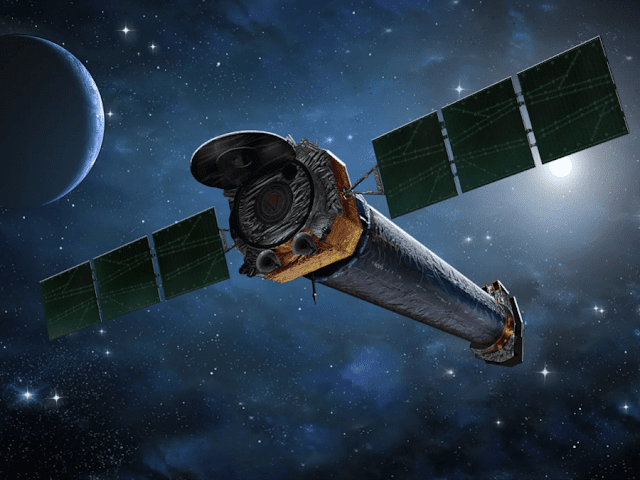"Astronomers Witness Ancient Cosmic Merger: Monster Galaxy Forming 12.8 Billion Years Ago!"

Astronomers have made an incredible discovery of a pair of galaxies merging 12.8 billion years ago , which will deepen our understanding of early galaxy evolution. This cosmic dance is expected to birth a "monster galaxy" —one of the universe's brightest and most powerful objects . Artist's impression of the interacting galaxies observed in this research. The gravitational interactions during the merger trigger both starburst and quasar activity. Credit: ALMA (ESO/NAOJ/NRAO), T.Izumi et al. Using the ALMA radio telescope, an international team led by Takuma Izumi studied these galaxies in the constellation Virgo during the universe's infancy, just 900 million years after the Big Bang. The team observed a "bridge" of gas and dust connecting the galaxies, confirming that they were in the process of merging. This discovery suggests that the merger will result in more vigorous quasar activity caused by gas falling into supermassive black holes and lead t...










